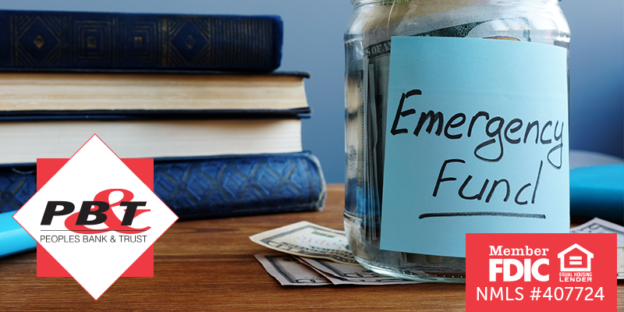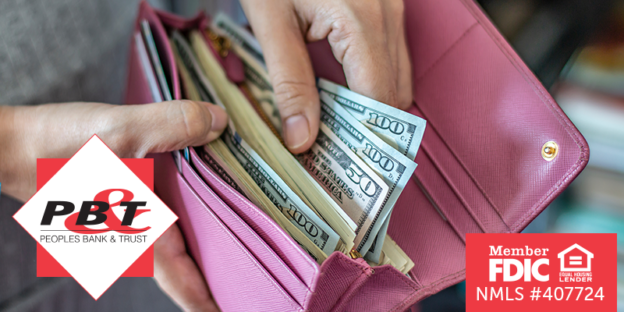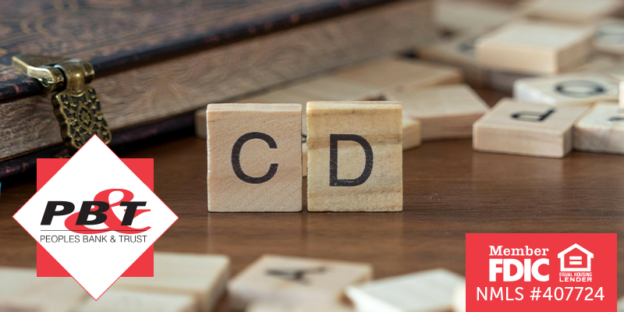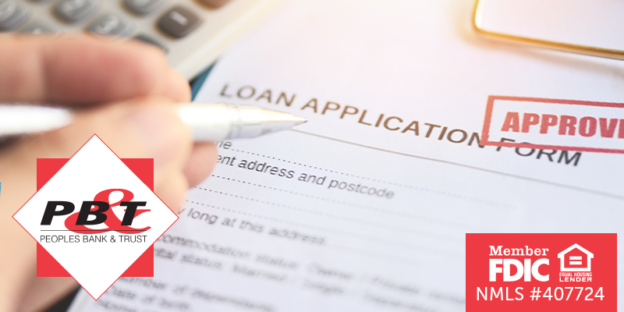The holiday season is just around the corner, and we know that it can be a financially stressful time of year. Between gift-giving, entertaining, and travel, it’s easy to get caught up in the excitement and overspend. But with a little planning and discipline, you can enjoy the holidays without breaking the bank. Let’s dive into 8 tips and tricks for saving money now:
Tip 1: Start Early
The key to saving money for the holidays is to start early. Don’t wait until December to start thinking about your holiday budget. Instead, start setting aside a little each month in a dedicated savings account, like our Christmas Club savings account. This way, you’ll have a cushion of funds to fall back on when the holiday season arrives.
Tip 2: Set a Budget
Before you start shopping, list all potential expenses, including gifts, decorations, travel, and food. Allocate a specific amount for each category and stick to it. Try to avoid impulse purchases that can quickly add up.
Tip 3: Use the 50/30/20 Rule
Allocate 50% of your holiday budget to necessary expenses like gifts and decorations, 30% to discretionary spending like travel and entertainment, and 20% to savings and debt repayment.
Tip 4: Open a Christmas Club Savings Account
We offer an exclusive savings account just for holidays savings! This is ideal for the holiday lovers who enjoy going all out, but don’t want to sacrifice their savings. The earlier you start the better, because your check will be sent to you on the third week of October for the entire balance. Open one today and start saving for the 2025 holiday season. Click here for more details.
Tip 5: Take Advantage of Sales
Keep an eye out for sales and discounts on the items you need to buy. Sign up for newsletters and email alerts, as well as follow your favorite retailers on social media to stay informed about upcoming deals. You can also use cashback apps and browser extensions to earn rewards and coupons on your purchases.
Tip 6: Use Credit Cards Wisely
If you’re disciplined about paying off your credit card balance in full each month, consider using a cashback credit card for your holiday purchases. This way, you can earn rewards on your spending and put it towards next year’s holiday expenses.
Tip 7: Track Your Spending
Monitoring your expenses helps you stay within your budget and identify areas where you can cut back. Use a budgeting app or a simple spreadsheet to record all your holiday-related purchases. Try to avoid making last-minute purchases, which can often be the most expensive.
Tip 8: Evaluation
When this holiday season is all said and done, take time to reflect on how your spending went. The numbers don’t lie, so evaluate if different categories stayed within your original budget or not. This final step is no fun, but it helps to understand if you are budgeting correctly.
Happy Holidays From All of Us!
Let stressful holiday budgeting and financing be a thing of the past! By setting a budget, starting early, and taking advantage of tools like the Christmas Club savings account, you can enjoy a festive and financially sound holiday season.
We’re here to help you with a range of financial products and services designed to make your holiday savings plan a success. Start planning today and make this holiday season the best one yet!











